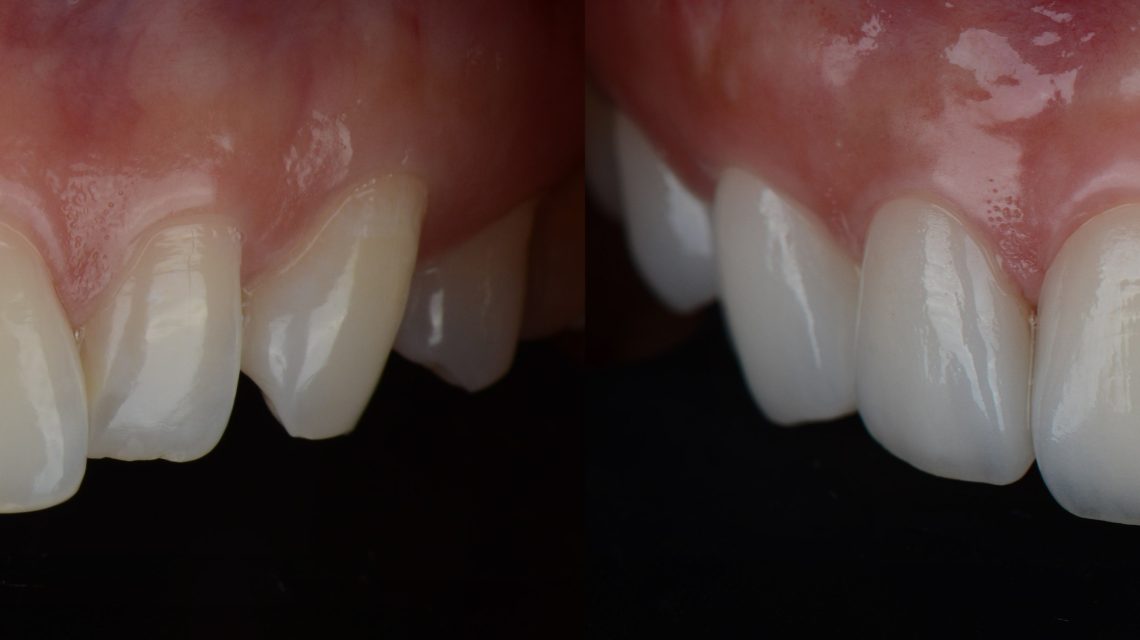Dentists undergo extensive training to properly prepare and place dental veneers, but like any dental procedure, mistakes can occur. Here are some common issues that may arise when dentists place dental veneers:
- Inadequate Tooth Preparation: Proper tooth preparation is crucial for the successful placement of veneers. If the dentist removes too much or too little enamel from the tooth surface, it can affect the fit, appearance, and longevity of the veneers. In addition, the ‘no-prep’ veneers can only be used in very specific situations where there is lots of gaps and existing teeth are very short, making them a poor choice for most smile makeovers.
- Poor Impressions: Accurate impressions of the teeth are necessary to fabricate well-fitting veneers. If the impressions are flawed or inaccurate, it can result in ill-fitting veneers that may require adjustment or replacement. This is why some dentists have switched to digital scanning, which provides much more accuracy, precision, and comfort.
- Poor Shade Match: Achieving the desired shade, colour, and translucency that matches with the surrounding teeth is essential for natural-looking results. Dentists need to carefully assess the patient’s natural tooth colour and select the appropriate shade for the veneers. Poor shade matching can lead to noticeable discrepancies in colour between the veneers and adjacent teeth and is the main reason why people worry about veneers looking ‘fake’.
- Improper Bonding Technique: Adequate bonding of the veneers to the tooth surface is essential for their long-term success. If the dentist fails to properly clean and etch the tooth surface, or if the bonding agent is applied incorrectly, it can result in poor adhesion and eventual de-bonding of the veneers. In addition, proper isolation is a must because any presence of saliva or leakage will result in issues later on.
- Failure to Address Occlusal Issues: This is one of the most common problems when it comes to cosmetic dentistry and dental veneers in particular. Veneers are often used to lengthen or change existing tooth shape or contour and when occlusion (specific bite and pattern of slides) is ignored, this results in forces being applied to areas of teeth or veneers during speaking, chewing, and swallowing that can result in chipping, breakage, tooth pain, or even fractures.
- Poor shape or contour: Veneers should mimic the natural contours and anatomy of the teeth for optimal esthetics and function. Lack of attention to what looks beautiful and natural on each specific patient can result in ‘fake’ looking veneers and even difficulty in proper oral hygiene maintenance.
- Lack of Follow-Up Care: Proper post-operative care and follow-up appointments are essential for monitoring the condition of the veneers and addressing any issues that may arise after placement. Dentists should provide patients with instructions for maintaining their veneers and schedule regular check-ups to assess their condition.
By staying vigilant and adhering to best practices, dentists can minimize the risk of errors and ensure successful outcomes for patients undergoing dental veneer procedures.

